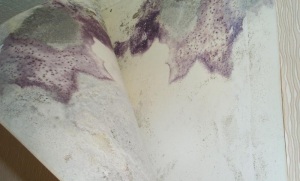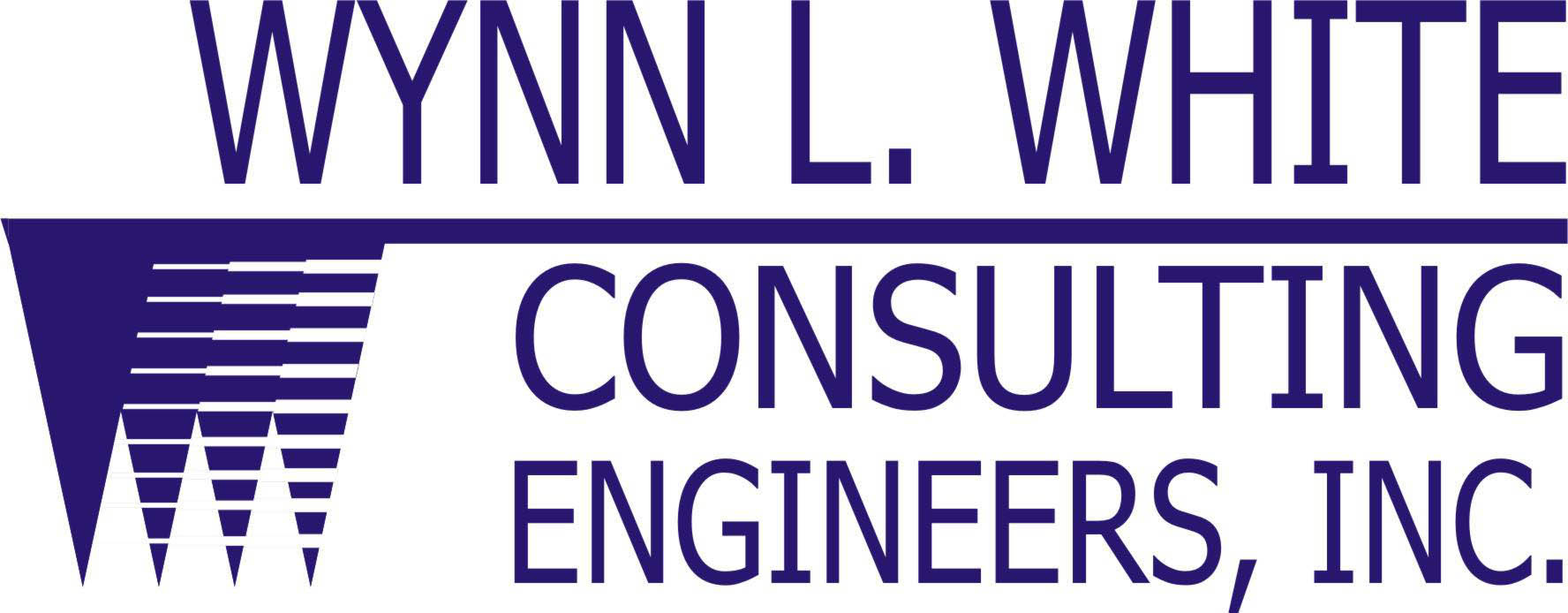The doctor’s not always right, and here’s your second opinion.

Hurricanes cause problems of all kinds. Photo: noaa.gov
If you’re like me, every once in a while you run across a news story that gets you pretty wound up. Sometimes you let it go. Other times you might post a link to Facebook or Tweet about it, or maybe write a blog post. Last month I read a post on The Daily Beast that compelled me to write.
Hurricane Sandy Won’t Bring a Mold Epidemic written by Dr. Kent Sepkowitz, MD makes for pretty interesting reading, starting with the title. Dr. Sepkowitz suggests that mold found in buildings as a result of Hurricane Sandy is no big deal, and proceeds to describe response workers as “[h]awkers and hucksters, mountebanks and sleazeballs, each looking to spin the fresh tragedy into spools of gold”.
He then goes on to discount health effects of mold exposure, blaming cockroaches for epidemic asthma affecting inner-city children rather than mold exposure. Given the weight society places on opinions by medical professionals, I consider his article (without clarifying context) irresponsible.
I’m left wondering whether Dr. Sepkowitz wrote the post in order to provoke discussion, just as some pundits make inflammatory statements to generate debate. I’m not sure that’s the case here, though.
I’m The Most Interesting Engineer in the World, not a doctor, so I’m not going to debate health effects of mold–but as an engineer I am qualified to discuss damage to buildings and building materials caused by mold and moisture problems. And I’m convinced I experienced firsthand what can happen when exposed to shoddy mold remediation.
In 2004 (that’s right, pre-Katrina!) we performed consulting on a large mold remediation project in New Orleans.

The interior sheet rock of a moisture and mold remediation project. You don’t know what’s lurking behind the wall until you check. Do you want to live with unhealthy black mold in your home or building?
Part of the work included job site visits and post remediation verification sampling (some like to call it “clearance” sampling). In this case, the contractor was demolishing most of the interior wall and ceiling materials on the top floor and did a very poor job of controlling dust created by demolition activities and making sure none of it escaped the work area.
Against my advice, the Owner asked us to conduct the air sampling without cleanup meeting our specifications, so I was onsite for several hours–wearing no respiratory protection or other personal protective equipment (PPE). Laboratory analysis showed the samples were overloaded with particulate matter and mold spores, and I developed an impressive upper respiratory infection. I’m not saying I know it was as a result of exposure to gypsum dust and mold, but I’m not sure what else it could have been.
And in my opinion, there’s enough anecdotal evidence from workers and homeowners exposed to dust, debris, mold, and other contaminants to suggest that anyone conducting remediation or cleanup work is at risk. So be careful – use appropriate PPE as necessary (keep in mind you may need a physician’s release to use PPE, and also training on use and limitations of PPE). Unsafe work conditions present a significant problem, especially to those who aren’t looking out for them.
Mold’s not a problem?
Well, tell that to EPA and all the other agencies who say mold and other indoor contaminants are a problem. I agree that mold is everywhere–but to use a catchphrase from Wynn White, “we’re not supposed to grow it indoors.” On the Mold and Moisture page on our website, we discuss the difference between ordinary mold and extraordinary mold. And I agree that cockroaches and dust mites can be a problem, but let’s not ignore the fact that we’re dealing with water damaged building materials–critters notwithstanding.

Damaging mold growth behind wallpaper. This was just one room in a multistory building.
As a result of Hurricane Sandy, there are mold and moisture problems that have damaged building materials. If these materials are not properly dried out or removed, the resulting damage will remain. Maybe we can debate health effects from mold – but should we? Damaged wiring, left in place, can cause fire or other problems when energized. What about structurally damaged materials?
So if we agree with Dr. Sepkowitz’s statement that we “should sleep easy on our sopping wet mattresses” and not remediate, we’ll leave damaged and substandard materials in place, and very dangerous situations can follow.
With respect to the comment that response workers are “Hawkers and hucksters, mountebanks and sleazeballs, each looking to spin the fresh tragedy into spools of gold”–to be sure, there are individuals who use disasters as opportunities for exorbitant profit while delivering dubious quality work, services, or goods. But it’s a mistake to paint all response workers with so broad a brush.
I haven’t yet contacted Dr. Sepkowitz, but I will send him a copy of this post, and I’ll be sure to post any response he may make. Please send me your comments.
Stay Hippocratic, my friends.
Chris White, P.E., LEED AP has been helping clients solve problems for 20 years. You can follow him on Twitter @ChrisWhitePE.

